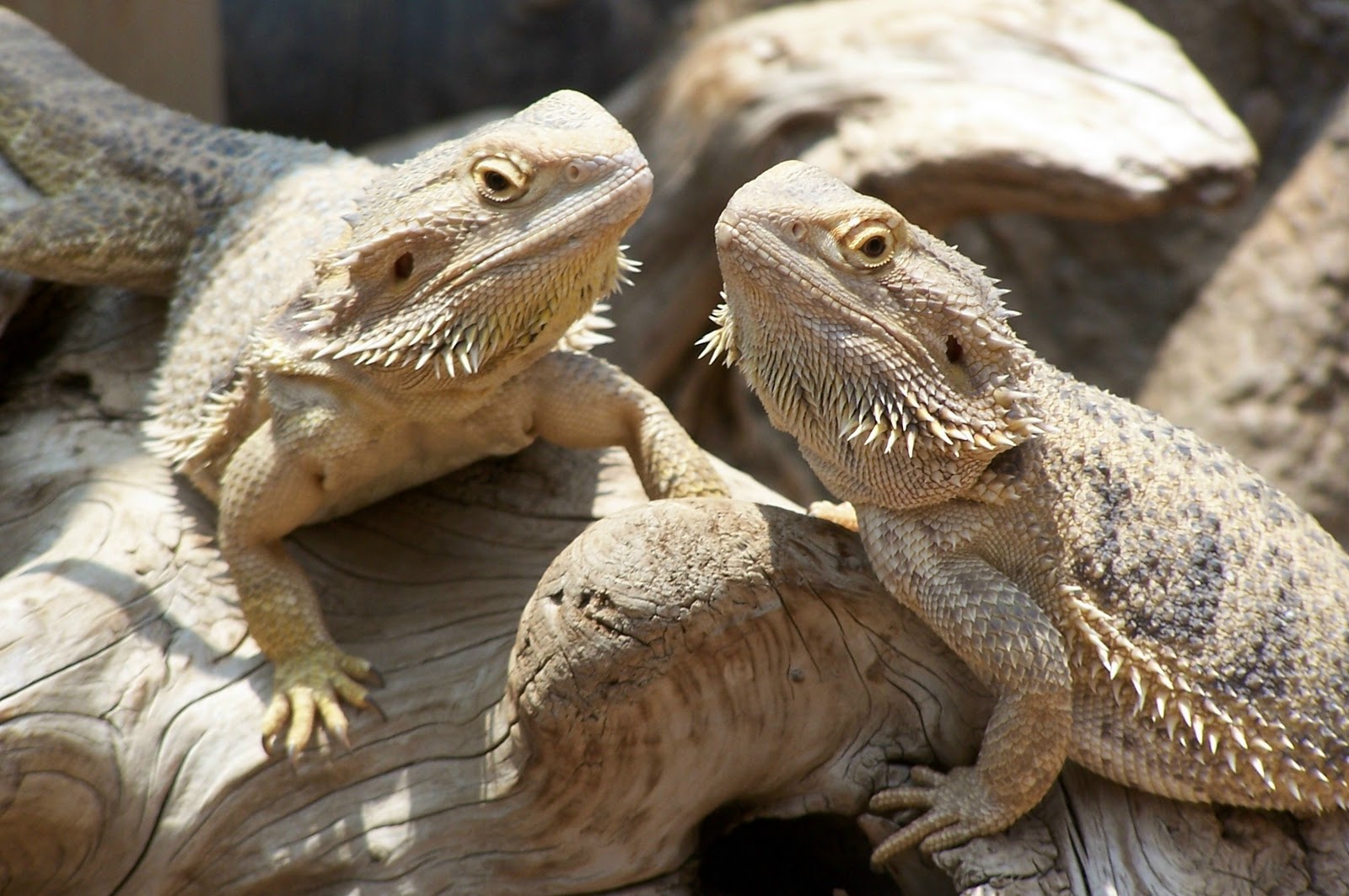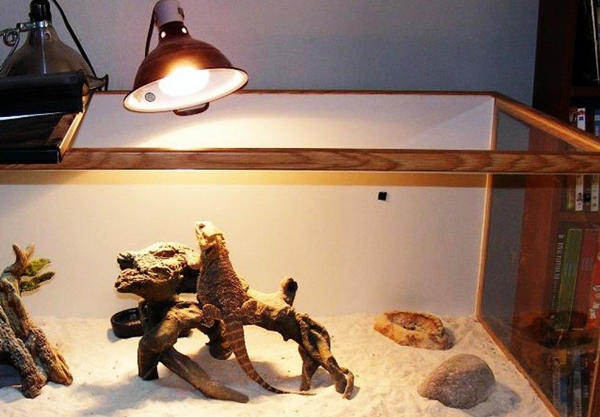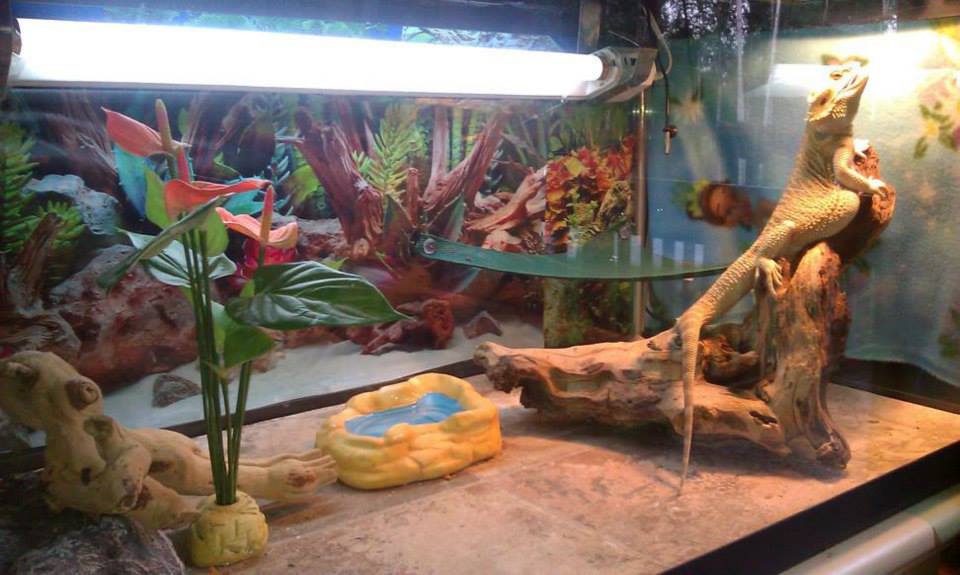Building a Bearded Dragon Vivarium: Your Ultimate Guide for Beginners
Building a Bearded Dragon Vivarium: Your Ultimate Guide for Beginners
If you’re looking for an exotic pet that’s easy to care for, a bearded dragon might be the perfect pet for you. Bearded dragons are docile, friendly, and relatively low-maintenance. But before you bring home your new pet, you’ll need to create a vivarium that’s comfortable and safe for your bearded dragon to live in. In this guide, we’ll walk you through everything you need to know to build a perfect bearded dragon vivarium even if you’re a beginner.
Step 1: Select a Suitable Enclosure
The first step is to select a suitable enclosure. Bearded dragons thrive in a vivarium that mimics their natural habitat. The minimum size for an adult bearded dragon enclosure is 40 gallons, although bigger is always better. A vivarium that is at least 75 gallons can provide enough space for your pet to grow and move around comfortably.

Step 2: Add the Right Substrate and Decorations
Once you have an enclosure, it’s time to add substrate and decorations. Substrates offer a place for your bearded dragon to burrow and create natural patterns, and is an essential part of their environment. You can choose from many substrate types, including sand, newspaper, or non-stick shelf liner. It is also important to decorate with rocks, logs, and other items to create a natural-looking environment that stimulates your bearded dragon’s curiousity.

Step 3: Install Lighting and Heating
Bearded dragons require specific lighting and heating to stay healthy. A basking light, a UVB bulb, and a heat mat or ceramic heat emitter are crucial to replicate the natural sun and heat conditions of the desert. Make sure your reptile is not directly under the heat and that there is a shaded area as well. To maintain an optimal temperature, use a thermometer to check if your vivarium is between 80-90°F during the day and around 70-75°F at night.

Step 4: Provide Proper Nutrition and Water
In addition to lighting and heating requirements, bearded dragons also have specific nutritional and hydration needs. Feed your bearded dragon a diet of insects, vegetables, and fruit in the right proportion. Avoid insects caught in the wild as they might carry parasites harmful to your pet reptile. Offer fresh water daily, filling up a shallow box that’s easy for your bearded dragon to reach. Additionally, dust food with calcium powder to prevent deficiencies and protect their bone health.

Step 5: Maintain Vivarium Hygiene and Cleanliness
Maintaining the cleanliness of your vivarium is important to keep your bearded dragon healthy. Regularly remove feces and uneaten food from the vivarium, and clean the substrate. Disinfect using reptile-safe cleaning solutions recommended by the pet store, including the vivarium’s walls, hides, plants, decor, and feed bowls every few weeks. Remember to always rinse thoroughly and let it dry before letting your pet back in.

Conclusion
Congratulations! You have learned how to create a vivarium for your bearded dragon, your new exotic pet. Remember, before purchasing a bearded dragon, be aware of their surroundings, diet, and care. Always learn from trustworthy and reliable resources or experienced reptile keepers. With proper care and attention, your bearded dragon will be a happy and healthy member of your family, and yoy’ll gain a new forever friend for years to come!
